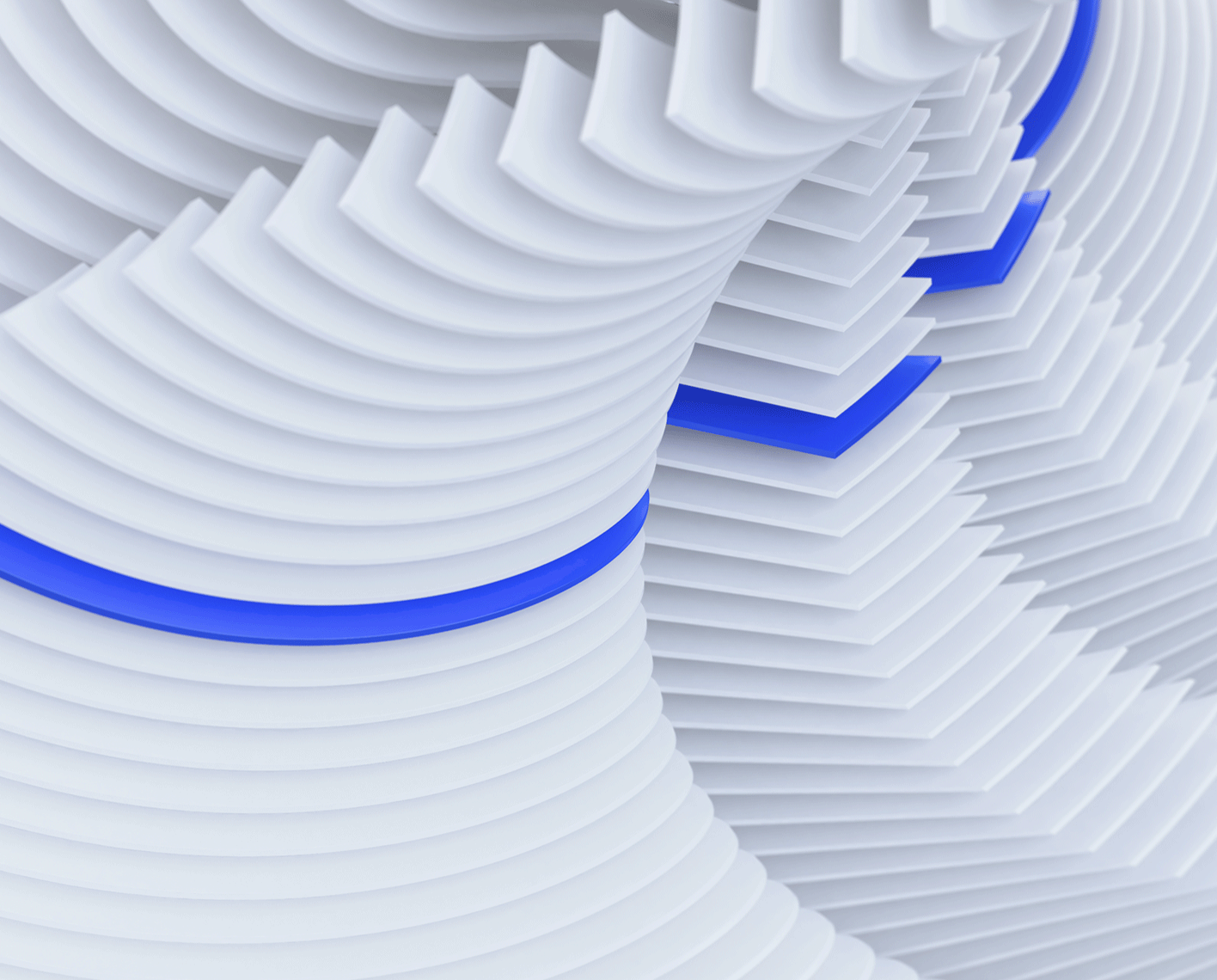Technical Domain Support and ResFlow ICDs Increase Production 16% in the Gulf of Thailand
Published: 07/20/2015

Technical Domain Support and ResFlow ICDs Increase Production 16% in the Gulf of Thailand
Published: 07/20/2015

ResFlow ICDs optimize production by balancing reservoir inflow along the length of the wellbore. Nozzles are mounted on each ICD housing located on a joint of sand screen. Produced fluid flows through the screen and ICD nozzles into the tubing. In high-permeability zones, the ResFlow ICD exerts higher backpressure, controlling fluid flow. Thus it reduces water and gas rates when these breakthrough phases have higher mobility than the oil in the reservoir. Conversely, contribution from lower-permeability zones is encouraged.

Well A delayed water production by nearly two months and produced an additional 75,500 bbl of oil over 2.5 years compared with Well B, despite a shorter net sand interval (600 ft versus 1,000 ft).
Location
Thailand, Asia
Details
Gulf of Thailand
Well type
Horizontal oil wells
Challenge
High water cut
Low oil mobility
Background
An oil field offshore Thailand is characterized by complex reservoir geometries (comprising multiple sand pockets with intermittent shale) and broad heterogeneity. Relatively-higher-mobility water encroaching on viscous oil, combined with strong, active aquifer support, was causing early water breakthrough in horizontal wells, sometimes within days of commencing production. In some wells, the water cut increased exponentially, leading to oil recovery of less than 10%.
Choking the rate of production at surface to control water cut impacted production targets negatively, and downhole treatment was not a viable option because it could cause formation damage. Inflow control devices (ICDs) were proposed as a potential solution for Well A. The performance of this well would be compared with the offset Well B completed in the same sand using conventional stand-alone screens.
Choking the rate of production at surface to control water cut impacted production targets negatively, and downhole treatment was not a viable option because it could cause formation damage. Inflow control devices (ICDs) were proposed as a potential solution for Well A. The performance of this well would be compared with the offset Well B completed in the same sand using conventional stand-alone screens.
